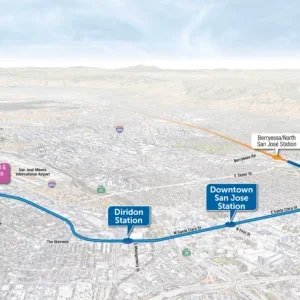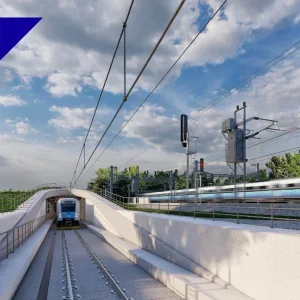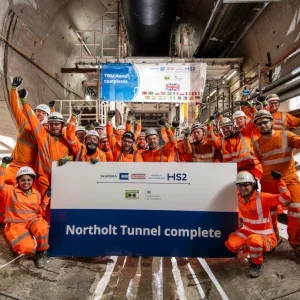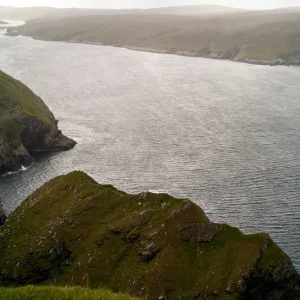The TBM drilled a single 2km-long tunnel starting east of Barnet Highway in Port Moody to south of Kemsley Avenue in Coquitlam. The tunnel is an integral part of Evergreen Line project that will link Burnaby, Port Moody and Coquitlam to the existing SkyTrain line serving Metro Vancouver. Boring the tunnel was the most complex and technically challenging part of the Evergreen Line project.
"Celebrating the completion of the tunnel boring work today is a great milestone for the project and for the communities this line will serve," said Minister of Transportation and Infrastructure Todd Stone. "The Evergreen Line project is more than 75 per cent complete, and the work to finish the line, including the tunnel, is well underway. Once Evergreen is complete, B.C. will have the longest, fully automated rapid transit network in the world."
The elevated and at-grade guideway in Burquitlam, Port Moody and Coquitlam is complete. The station buildings range between 80 per cent and 99 per cent complete. There are seven stations along the project alignment: Lougheed Town Centre Station, Burquitlam Station, Moody Centre Station, Inlet Centre Station, Coquitlam Central Station, Lincoln Station, and Lafarge Lake-Douglas Station.
In October 2012, the Ministry of Transportation and Infrastructure awarded EGRT Construction CAD 889M to design, build, and finance the Evergreen Line Rapid Transit Project. EGRT Construction, a consortium led by SNC-Lavalin, includes joint ventures between SNC-Lavalin Constructors Western, Graham Building Services, International Bridge Technologies, Jacobs Associates Canada Corporation, Rizzani de Eccher, Seli Canada, and SNC-Lavalin Constructors (Pacific).
EGRT Construction is responsible for building the elevated and at-grade guideways, the tunnel, seven stations, power substations, train-operating systems and roadworks, as well as a vehicle-storage and light-maintenance facility.
The tunnel interior work and systems installation will continue into summer 2016. Train testing is expected to begin in the tunnel in the fall of 2016 with the line operational in early 2017.







